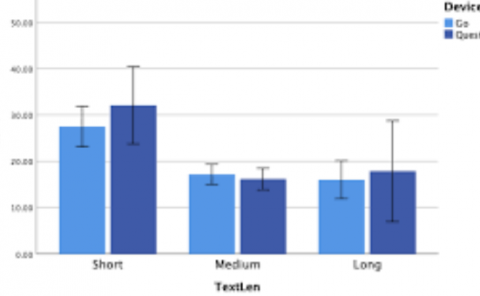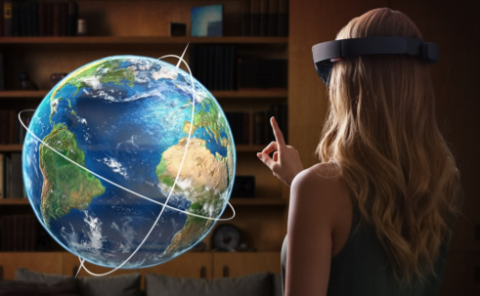The effect of audio fidelity and virtual reality on the perception of virtual greenspace
PubDate: Oct 2020
Teams: University of Michigan
Writers: Mark Lindquist;Bruce Maxim;Jennifer Proctor;Francine Dolins
PDF: The effect of audio fidelity and virtual reality on the perception of virtual greenspace

Abstract
3D digital visualizations have been shown to be a robust tool for communicating future scenarios and supporting decision-making in a variety of contexts. While beneficial they lack the multisensory experience of the real-world and, as such, may not provide all information needed to make reliable decisions. In addition, how visual information is presented likely has a significant impact on perception, however to date there is mixed empirical evidence on the impact of presentation modes. The research presented here aims to fill a perceptual and procedural knowledge gap for using multisensory simulation in environmental decision-making. Participants (university students, N = 39) were presented with digital animations displayed via a conventional screen and virtual reality head mounted display, with three varied sound conditions (no sound, ambient sound, detailed sound) across 5 environments (vacant lot, community garden, habitat, woodlot, playground). Perceived biodiversity, preference, realism and recreational value were evaluated using a 1–5 Likert-type scale. Results indicate that realistic sound increases biodiversity ratings while display type does not have an effect. Ambient and realistic sounds increase preference, with more of an effect in VR, while ambient and realistic sound increase perceived realism, as does VR. Sound and display type alter perceived recreation value which varies by environment. These findings advance our understanding of how people respond to new technology and multisensory stimuli, and have implications for environmental decision-making.



